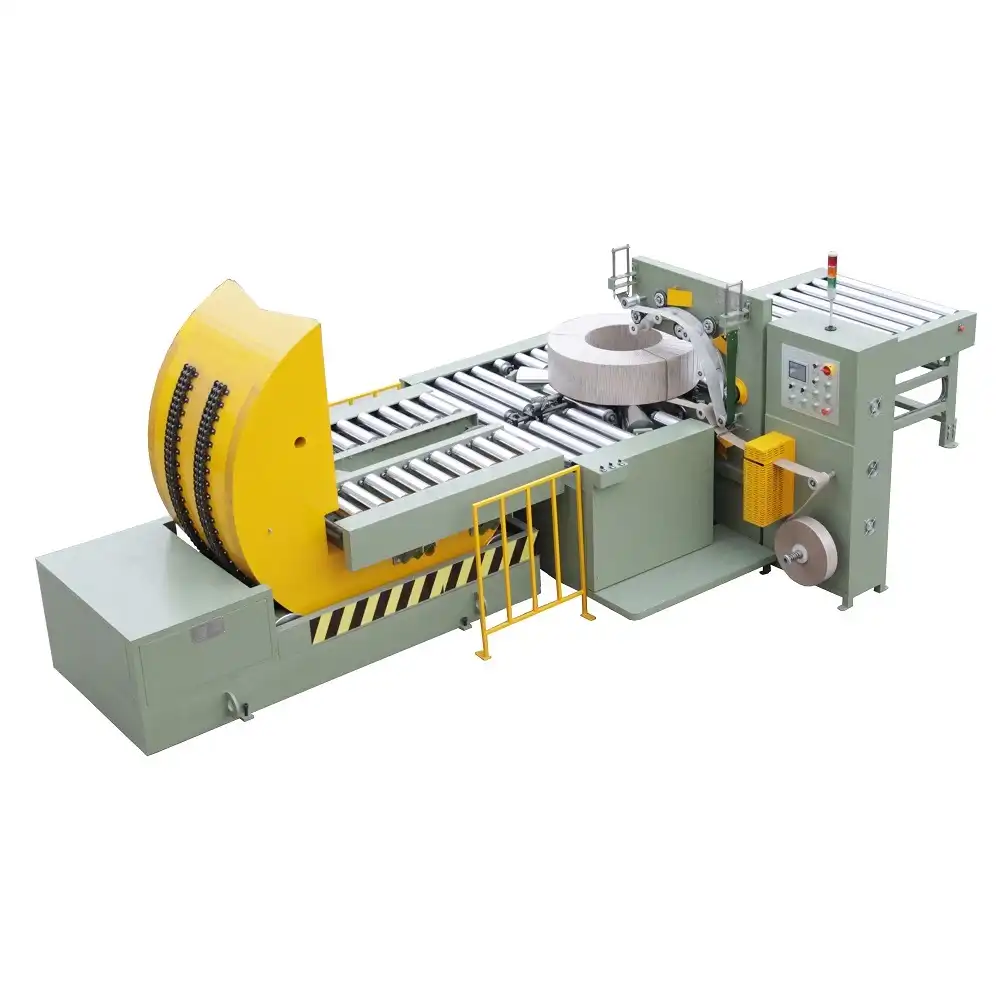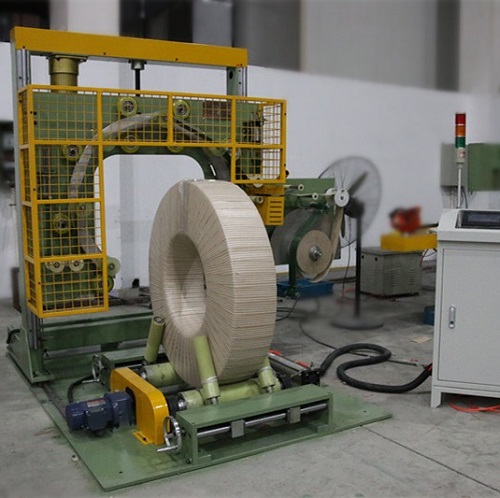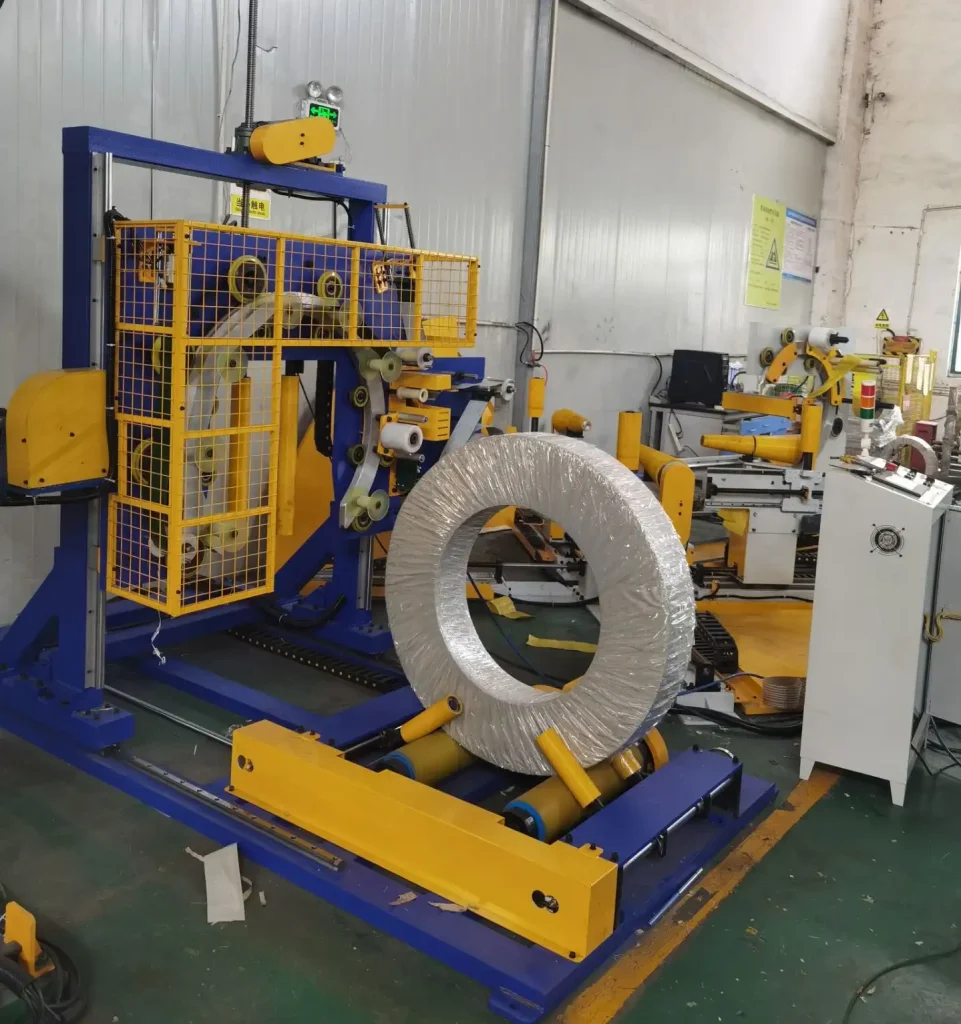Handling steel coils, particularly those prone to spring back, requires careful attention to safety. The risk of physical injury is high due to the coil's tendency to unwind when restrained bands are removed or inadequate precautions are taken. Learn how to prevent accidents and safely manage spring back sensitive coils.
The spring back effect in coils can pose serious risks during handling. The energy stored in the outer laps of the coil can cause it to "unwind" suddenly, potentially leading to severe injuries. Proper precautions and safety measures must be followed to ensure a safe working environment.
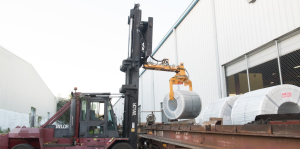 "keywords")
"keywords")
What is spring back in coils?
Spring back refers to the tendency of steel coils to return to a near-flat state after coiling. The degree of hazard is directly related to the energy stored in the coil, which is higher with thicker, wider, or higher strength materials. Spring back is more common with certain processes like cold forming and rewinding.
Spring back coils exhibit dangerous behavior when the stored energy is released. The outer laps can unwind rapidly, similar to a watch spring, causing damage or injury if not properly handled. The force generated can be extreme, and the risk is heightened when the coil is suspended in mid-air.
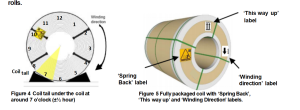
"keywords")
How can you identify spring back coils?
Spring back sensitive coils are often labeled with warning signs to ensure they are handled properly. For example, Tata Steel Europe uses QR code labels that provide access to detailed information on how to manage these coils. Proper labeling helps identify whether the coil has the potential to spring back, indicating the number of bands required for safe transport and handling.
Identifying these coils early is crucial for ensuring safe handling procedures are followed. The label will contain specific details, such as the required number of circumferential and bore bands, along with instructions on how to properly store and move the coil.
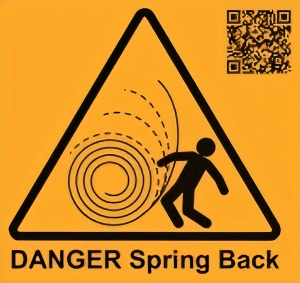 "keywords")
"keywords")
What are the key safety measures to prevent hazardous situations?
When handling spring back coils, it's essential to follow a set of safety practices to minimize the risks. Here are some fundamental precautions:
- Never stand in-line with the coil’s winding direction during handling or unpacking.
- Ensure proper banding before handling: Always check that the required number of straps are in place. If any bands are missing, replace them before further handling.
- Position the coil properly: The coil tail must be placed under the coil at approximately the 7 o'clock position to avoid the coil unrolling.
By taking these measures, you can significantly reduce the risk of the coil's spring back effect causing injuries or accidents.
How should coils be positioned for safe handling?
Proper coil positioning is critical in preventing spring back. The coil should be placed in a manner that ensures the tail end is securely restrained. The recommended position for the tail is around the 7 o'clock position, ensuring the coil is stable and will not unwind when the bands are removed. If the coil is fully packaged, a “This way up” label should be placed on the packaging material to help identify the correct positioning.

What personal protective equipment (PPE) should be worn?
When unpacking or handling spring back sensitive coils, operators must wear the appropriate personal protective equipment (PPE). This includes:
- Helmet
- Cut-resistant gloves
- Safety goggles or a visor
- Safety shoes
- Proper work clothing
Using the proper PPE helps to protect operators from potential injuries caused by the sudden release of energy from the coil. Safety should always be the priority when dealing with high-risk materials.
What is the correct way to unpack the coil?
When unpacking a coil, it should be resting on appropriate supports such as rolls, stands, or unpacking pins. Never attempt to remove the banding from a coil that is suspended by an overhead crane or forklift, as this increases the risk of accidents. Additionally, the coil should not be moved if any of the required bands are missing or compromised.
Always check the coil after removing the packaging to ensure that the number and quality of the bands meet the specifications indicated on the coil label.
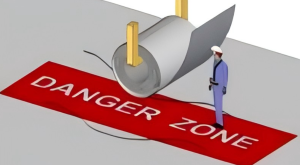 "keywords")
"keywords")
How to safely remove coil banding?
Banding removal should always be done with the coil in a stable position. The coil’s weight must be resting on the tail to prevent the energy from being released suddenly. Bore bands (H) should be removed first, followed by circumferential bands (B). These should only be cut once the coil is properly positioned on the decoiling installation. Never stand in the winding direction when cutting the bands, as the coil may unwind suddenly, acting like a spiral spring.
Proper tools, such as shears designed for cutting bands, should be used to avoid accidents. Additionally, never move a coil after the circumferential bands have been removed unless the proper safety measures are in place.
What steps should be taken when returning coils?
When returning coils, it’s important to ensure they are properly secured with the same number of bands and the same strength as when they were delivered. If the coil has been partially unpacked or uncoiled, the safety bands must be restored to meet the required number and position. Always consult with the technical contact to ensure the correct banding strength is used.
Returning coils with improper banding can lead to hazardous situations when they are handled again, so it’s essential to follow the guidelines strictly.
Conclusion
Handling spring back sensitive coils requires careful attention to safety. By identifying the coils early, positioning them properly, and using the right safety equipment, operators can prevent hazardous situations. Always follow the best practices and consult with technical contacts to ensure safe and efficient coil handling.
